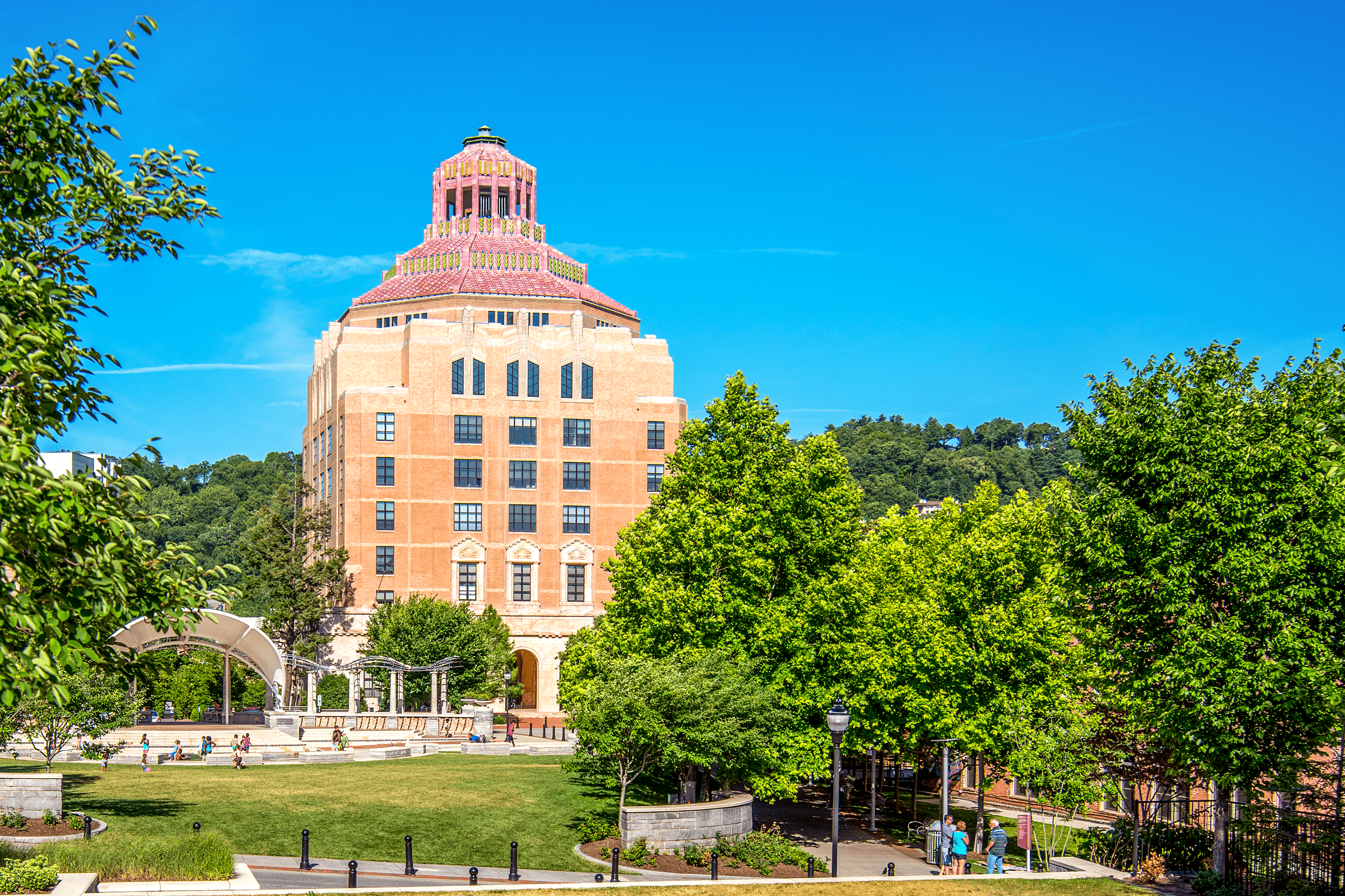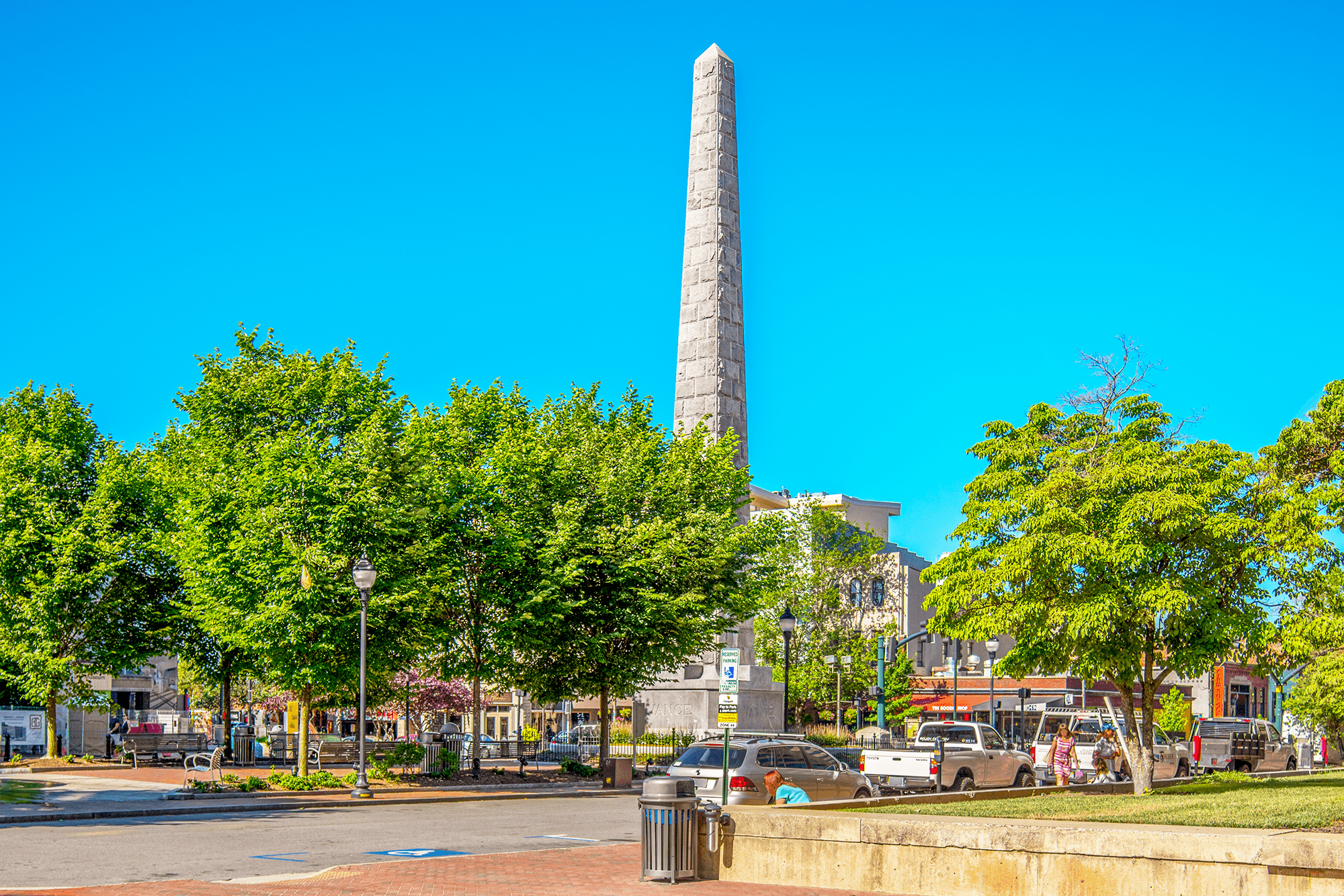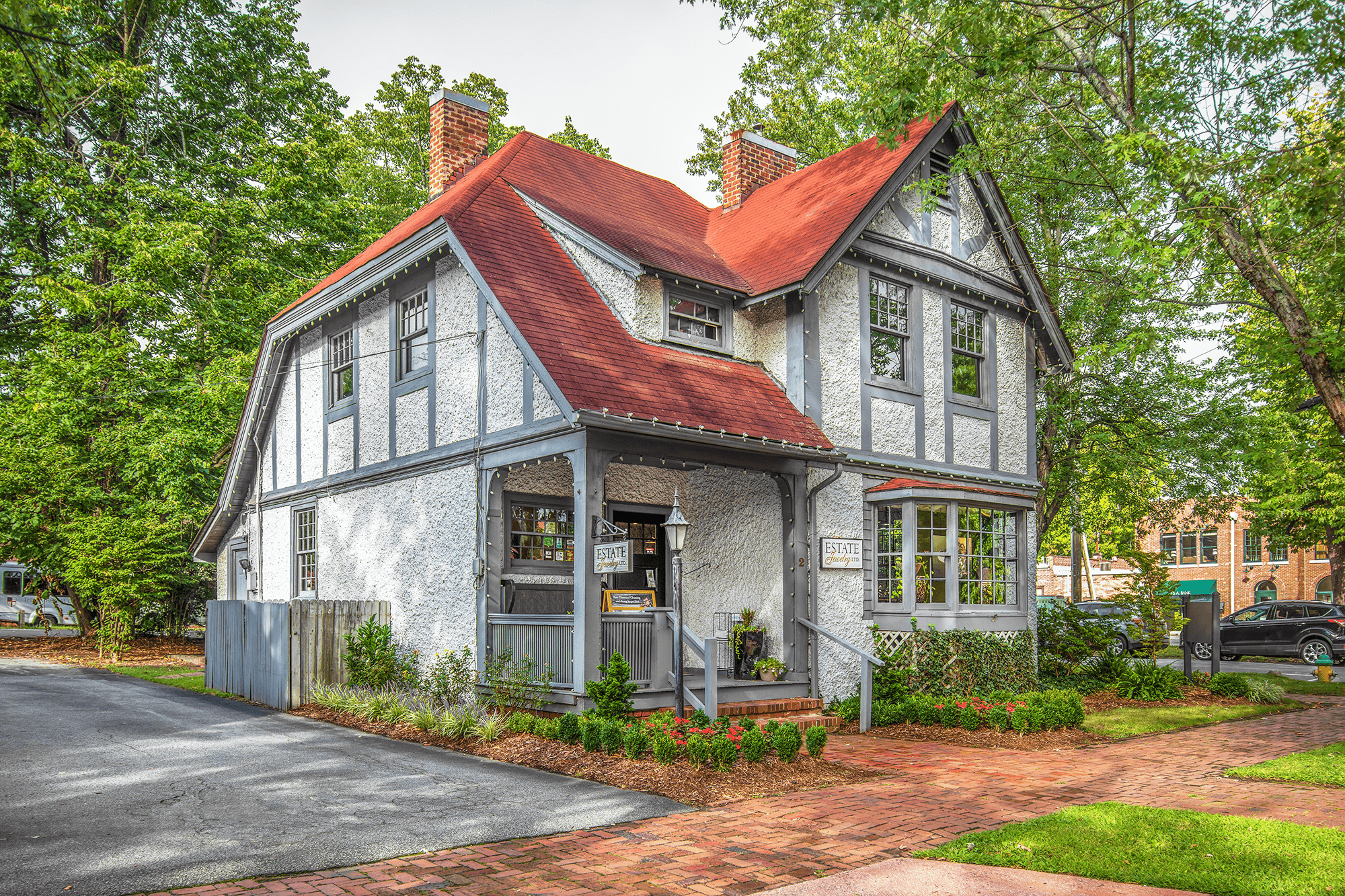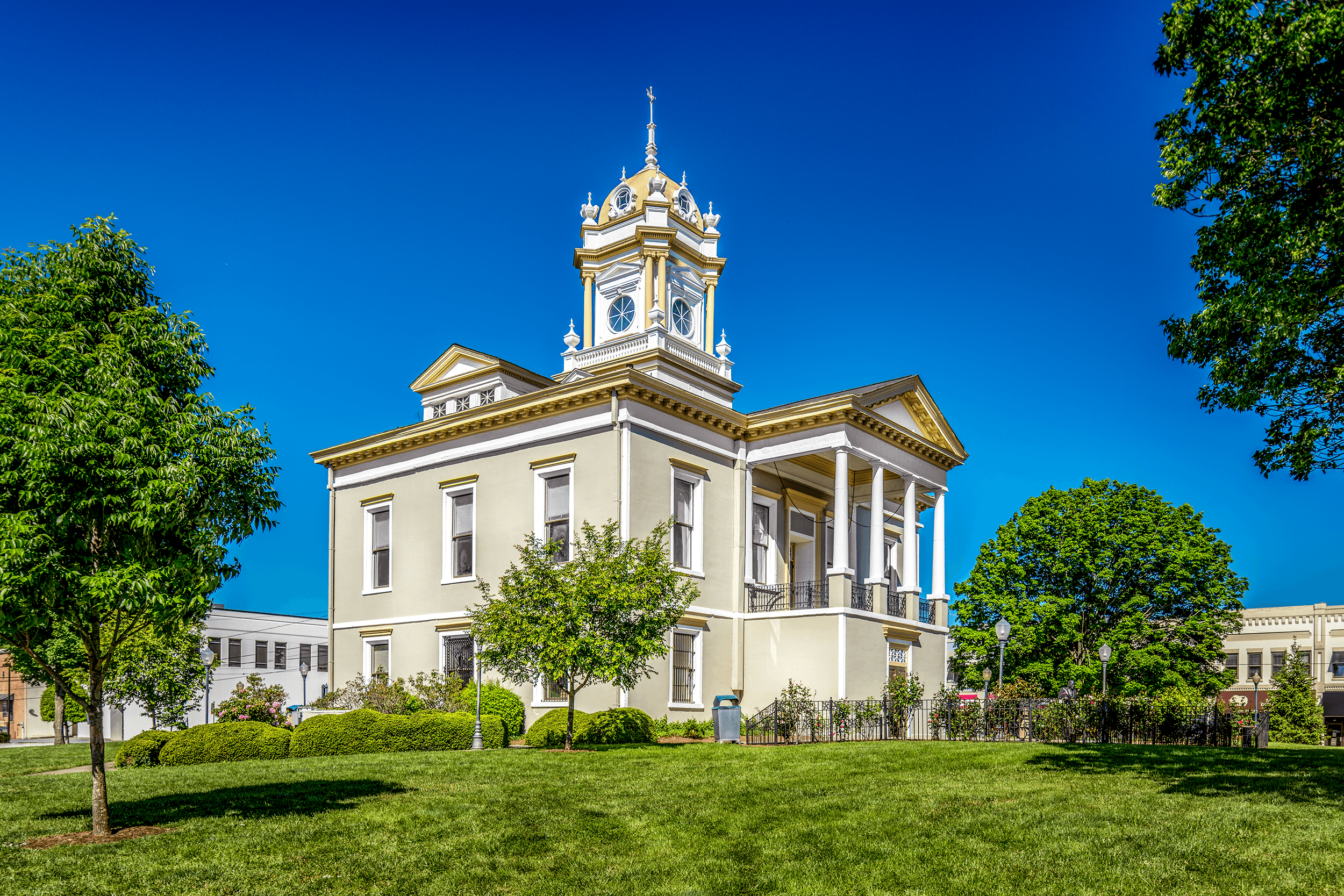Historic Clarence Barker Memorial Hospital

Updated: April 2019
A Thoughtful Gift
George Vanderbilt and his two cousins Adele Elma Barker Schmidt (1860-1920) and Virginia Purdy Bacon (1853-1919), formerly Virginia Purdy Barker, founded the hospital in memory of their brother and George Vanderbilt’s close friend and cousin Clarence Barker, a talented musician, who had died at Biltmore in February 1896 at the age of 31. George Vanderbilt donated the land for the hospital to his two cousins. He also provided the hospital with a partial endowment of $20,000 and covered all its future expenses. The hospital was incorporated on June 13, 1900, and received its first patients on September 6 of that year.
Historic Biltmore Village
The Beginning
According to the hospital’s charter, the Board of Directors consisted of the rector, vestry, and wardens of All Souls Church and “one or two physicians”, making the hospital an “adjunct of the church.” The two physicians on the board were Dr. Samuel Westray Battle (1854-1927), medical director of the hospital, and Dr. Lawrence Edward Holmes (1873-1908), the hospital’s first resident physician, who unexpectedly died of pneumonia at age 35 in 1908.
Dr. Battle had been a surgeon in the United States Navy from 1879 to 1883 and in charge of the United States Naval Hospital in Pensacola FL. After retiring from active naval service in 1884 to his death in 1920, he practiced medicine in Asheville and became one of its most respected physicians. As such, on August 22, 1900, he attended the birth of Cornelia Vanderbilt, George and Edith Vanderbilt’s daughter, alongside the Vanderbilt’s family physician in the Louis XV Room in → Biltmore House.
The original hospital building was small and had space for only ten patients, eight in wards and two in private rooms. It did not have an operating room with any modern surgical equipment of that time. In the first nine months of its opening, 25 patients were admitted. The staff consisted of a superintendent, an assistant nurse, a cook, a serving man, and a laundress.
Extension
By 1902, plans were made to extend the existing one-and-a-half story frame and pebble-dash structure, which was designed by Richard Sharp Smith. The six-room south wing included an operating room with modern surgical equipment and was designed by architect William Henry Lord (1864-1933) as one of his first more substantial commissions after moving to Asheville from Syracuse NY in 1899. The extension was completed by 1905.
William Lord is buried at the Riverside Cemetery in Asheville’s historic Montford District.
A Separate Entity
After Reverend Rodney R. Swope, who was the first rector of All Souls Church, had died in 1917, arrangements were made to separate the hospital from the church. In 1919, the Clarence Barker Memorial Hospital became an entirely separate and distinct institution with a new Board of Directors. It was no longer affiliated with the church, and as a result changed its name to Biltmore Hospital.
Two Fires
In 1921, two fires, the first in January and the second in March, severely damaged the hospital. During that time Charles Edward Wadell (1877-1945) was president of the hospital’s Board of Directors.
Earlier from 1901, Charles Wadell was the consulting engineer for the Biltmore Estate, responsible for its electrical system, before becoming director of the Weaver Electric Company (afterward the North Carolina Electric Company).
In response to the destructive fires, Charles Wadell issued a prospectus for a new hospital complex of nine buildings on an adjacent site, which had been donated by Edith Vanderbilt, and where the Historic Biltmore Hospital stands today. Without having raised enough funds to begin construction of the new complex, he was forced to repair and rebuild the existing structure.
It took until 1928 and many more fundraising rounds to have enough money to begin construction on the new, smaller Biltmore Hospital. After its completion in 1930, the former Clarence Barker Memorial Hospital was renovated and used as a nurses’ home and training school. It has been part of the National Register of Historic Places since 1979.
1 Village Lane, Asheville, NC 28803
All day.
All year.
STREET VIEWING ONLY.
Private Property.
Free street parking.
Public bus stop: Lodge Street at Biltmore Ave.
Stop Gray Line Historic Trolley: 5 Boston Way (at the store Olde World Christmas Shoppe)










